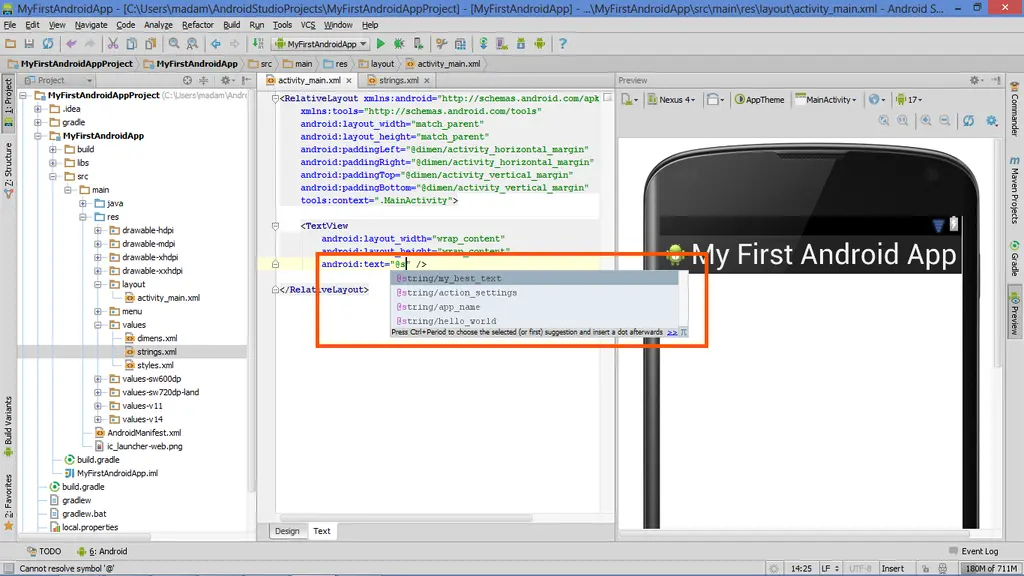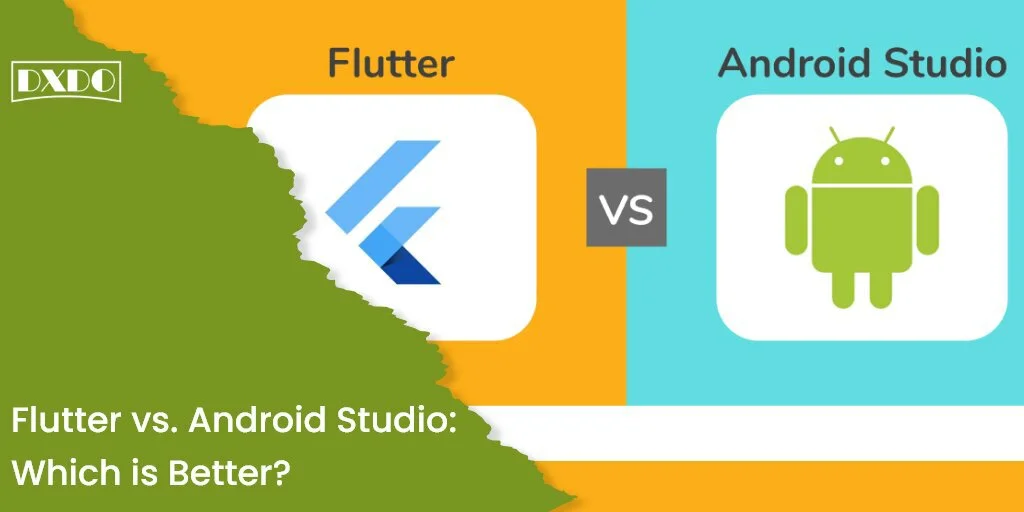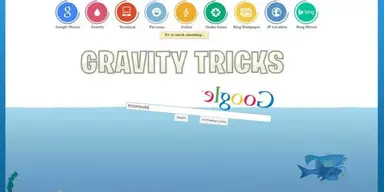Hey Geeks! Do you want to know the better option for converting your idea into the best possible app?
Developers these days are making numerous android applications that appear so intriguing and creative. These apps are fun to use, and most users are attracted by these apps and even switch between devices just for the sake of their favorite app.
Numerous platforms are being used for creating applications for iOS and Android, Linux, Windows, Mac, and Google Fuchsia. Some of them need to be paid to get access, and some are open to everyone. Out of them, the most commonly used platforms for application creation are Flutter and Android. But to decide which one is better suitable for your work, we will look for attributes of each in-depth.
Flutter Studio-Build apps for any screen

Flutter Studio is a Dart-based Google’s UI toolkit which means it enables you to create applications with a single codebase. Flutter is an open-source platform for creating attractive yet informative and useful applications. It provides a fast, flexible, and productive user experience.
The app can work on different screens, keep you in the flow, accurately display your app on multiple devices and orientations and work consistently. In addition, it now produces complete, working code and build files and has numerous sets of widgets.
It is a highly responsive site and shows real Android and iOS devices accurately on the web. You can produce and visualize pixel-perfect designs with a more extensive widgets toolkit. The perk is you can edit the widgets to create the accurate code and can create complete working application code and pubspec.yaml files.
Do you know how to use Flutter Studio?
The Flutter Studio provides a simple and user-friendly interface. There are tools and widgets to create an attractive and informative application.
Click over the tool in the middle to see its name, and you can easily create desired screen display by dragging and dropping it into the phone’s canvas and drop. You can see flutter-generated code by clicking on the source tab. You can edit the component using the editors in the bottom middle.
Sometimes it gets tricky to use the icon. Choose your desired icon from the floating menu and close the menu; drag the icon from the original button into the canvas and edit the icon by adjusting its color, size, padding, etc., if required.
Select the widget on the canvas (or on the tree), and you can use editors to adjust font, color, alignment, and other features. A green bounding box surrounds selected components, and the code is updated live as you work.
There are famous brands such as Alibaba, Hamilton, Coach Yourself, Hookle, and CryptoGraph that are successful applications built using the Flutter studio.
Android Studio-Everything you need to build on Android

Android Studio, launched by Google, is Integrated Development Environment (IDE) for Android app development and is on top of IntelliJ’s powerful code editor and developer tools list. It lets you code and iterate faster, creates rich and connected apps, configures builds without limits, and a lot more.
Its interface is entirely organized in a way that contains several logical areas, e.g., toolbar, navigation bar, editor window, tool window bar, status bar. Each project in Android Studio contains modules like Android app modules, Library modules, and Google pp EngineModules. Each app module contains folders as Manifests, Java, and Res. You can also customize the outlook of the project files to focus on specific aspects of your app development.
Android Studio has three types of code completion, i.e., Basic Completion, Smart Completion, Statement Completion. Android Studio lets you customize, configure, and extend the build process. You can create multiple APKs for your app with different features using the same project and modules. Also, you can Reuse code and resources across source sets.
Do you know how to use Android Studio?
Create a new project by selecting Basic Activity, naming your file, setting the language, and clicking finish at the end. Set up your screen by customizing the layout, minimizing the Gradle, and resizing the pane. Create a virtual device from the Android Virtual Device Manager and run your app on your new emulator. You can also connect your device, run the Android Studio app, and explore the app template.
If you get stuck anywhere, quit Android Studio and restart it. If Android Studio does not recognize your device, disconnect it from your development machine and reconnect it or Restart Android Studio. In Project view, all your files and folders are structured to be convenient for working with an Android project.
After creating a project, define and modify your layout either by coding XML or using the interactive visual editor. In the layout editor, there are pallets, a design editor, an attribute panel, a component tree that will enable you to alter your app’s layout. After adjusting the proper layout, add colors, resources, views, and constraints to your app. Make your app interactive and implement the second fragment.
Flutter vs. Android Studio
- Flutter is known as the mobile application software development kit, and Android studio is commonly in contrast to the Android Development Tool (ADT). Android Studio offers new tools and suggestions for improvement over the eclipse.
- Flutter has its categorization, which is “Cross-Platform Mobile Development,” while Android Studio comes with the pile of “Integrated Development Environment.”
- Flutter provides easy access to native apps and other SDKs. It lets you utilize or even reuse your prior javascript, swift, and object code, among other languages. Android studio provides a Gradle-based solution that is exceptionally versatile and user-friendly because it has already been created.
- Flutter assists developers and designers in developing mobile applications that follow a current paradigm for both iOS and Android devices. On the other hand, Android Studio is built with variants as well as various APK versions from different generations.
- In flutter studio, the apps are developed at a fast pace. There is a function called hot reload, which allows you to experiment with different settings and correct any issues that may arise. While Android Studio includes an extended template that is compatible with Google services and a variety of other sorts of devices.
- Hybrid Heroes, Policygenius, and pludoni GmbH companies use Flutter. Some well-known firms that use Android Studio include Google, Lyft, and 9GAG.
- Flutter is listed in 42 company stacks and 146 developer stacks. Android Studio is referenced in 928 business stacks and 692 developer stacks, indicating it is well-liked.
Final Words
Both platforms have their own distinctive features, and you can select according to your requirement. On the one hand, Flutter provides fast and easy access to application creation and a single code base but has a limited set of tools and libraries. On the other hand, Android Studio has an extensive library of tools and templates to create applications, but sometimes its emulator is very slow.














